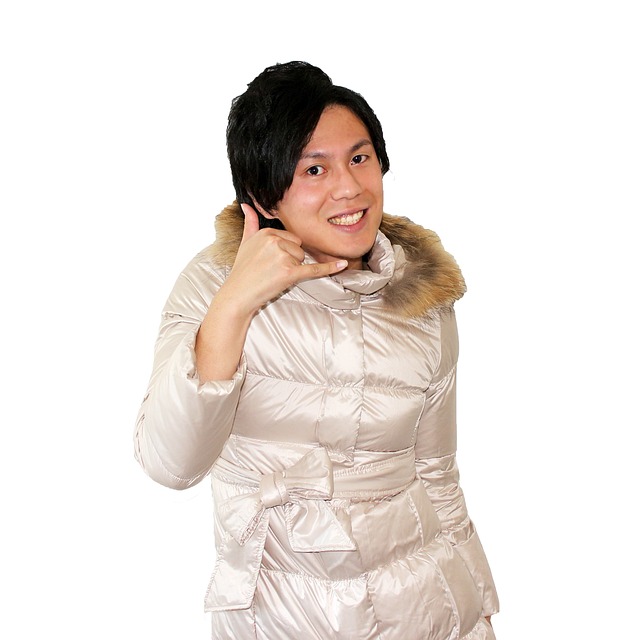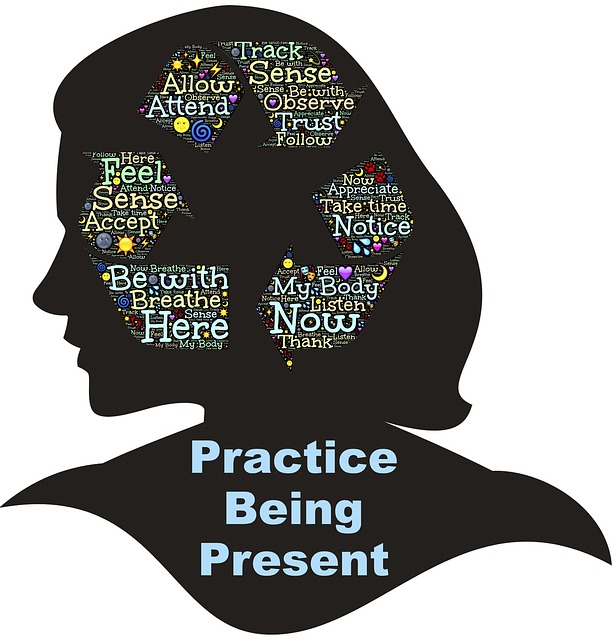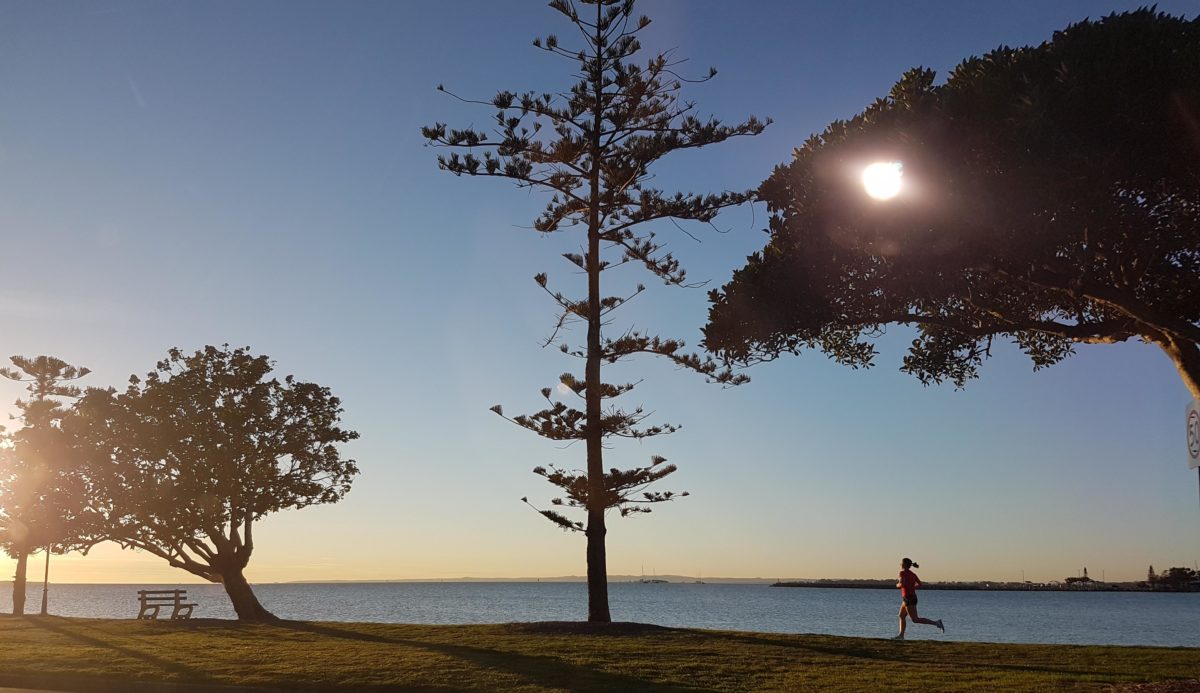Melli O’Brien recently interviewed Dr. Judson Brewer (known as Jud) who is Director of Research at the Center for Mindfulness at the University of Massachusetts and author of The Craving Mind. Jud is an acknowledged international expert in training people in mindfulness to overcome addiction.
In the interview Jud explained the basic cause of addiction and shared neuroscience research that explained the impact of addiction on the brain and the counter-impact of mindfulness.
How addiction develops
The concept of “operant conditioning” developed by B.F. Skinner provides a fundamental explanation of how addiction develops. Basically, certain behaviours lead to what we perceive as rewards. So, if we continue to engage in those behaviours and receive the associated rewards, we positively reinforce the behaviours so that we are more inclined to repeat them – thus leading to cravings and addiction.
The craving and resultant addiction can be related to anything, e.g. food, sex, shopping, spending money, drinking alcohol, gambling or consuming drugs. We unconsciously link the rewarded behaviour with something that is unpleasant – e.g. if we are stressed we may over-eat or drink alcohol excessively. What we are attempting to do is to substitute something pleasurable for something that we find unpleasant, e.g. we eat dark chocolate (pleasure) to overcome the unpleasantness of stress. So, stress acts as the trigger for our craving and addiction.
We consolidate our belief in the utility of dark chocolate to help us deal with stress by reminding ourselves of the latest research that shows the positive benefits of dark chocolate – thus we not only receive a physical reinforcement (pleasant taste) but also an emotional reinforcement (positive feelings for “eating what is good for me”). Of course, we overlook the fact that the research on dark chocolate stresses the moderation required in eating the chocolate so that the positive benefits are not outweighed by negative impacts such as the amount of saturated facts consumed.
Mindfulness undermines addiction through a process of substitution
Jud pointed out in the interview that addiction activates a part of the brain that is called “the posterior cingulate cortex”; whereas, when we engage in mindfulness practice, the opposite happens – that region of the brain becomes deactivated. Through mindfulness, then, we are substituting excitation of the brain (generated through craving and addiction) with restfulness.
Mindfulness for overcoming addiction works on two basic levels – firstly, as we look inward, we increase our awareness of the body sensations associated with our craving; and secondly, we sever the link between our addictive behaviour and the rewards we ascribe to that behaviour. We effectively undermine the reinforcing link between the behaviour and the reward.
Substitution occurs on three levels:
- pleasant feelings associated with our addictive behaviour are replaced by the pleasure experienced when we are curious about, and investigate, the bodily sensations generated by our cravings and addiction (we are substituting one form of pleasure for another);
- seeking to have, or do more, is replaced by the act of noticing what is going on for us (we replace uncontrolled seeking with patient noticing of the bodily sensations experienced in craving something);
- temporary happiness derived from satisfying our craving is replaced by the realisation of more sustainable peace and joy.
In the final analysis, mindfulness breaks what Jud calls the “habit loop” of addiction with a new and rewarding “habit loop” – habituated behaviour whose rewards grow exponentially. Jud reiterates that developing new habits, such as mindfulness, requires “dedicated practice every day”, which is one way to overcome the barriers to changing our behaviour. Sustaining mindfulness practice, then, is critical to undermining cravings and addictions.
As we grow in mindfulness, we gain a better understanding of our craving and addiction and learn ways to use mindfulness to undermine the hold that cravings have on our thoughts and emotions. We can learn to make more conscious choices in the process.
By Ron Passfield – Copyright (Creative Commons license, Attribution–Non Commercial–No Derivatives)
Image source: courtesy of whekevi on Pixabay
Disclosure: If you purchase a product through this site, I may earn a commission which will help to pay for the site, the associated Meetup group and the resources to support the blog.





